
![]() Insights
Insights
PPC
When executed well, sponsored products can be a great way of driving sales and increasing your online revenue. Thankfully, we live in an age where paid media teams have multiple channels available to promote their products. While choice is always a good thing, it can be tricky for brands to determine where they should put their budget for optimal results.
One question we’ve seen crop up is whether businesses should focus their efforts on Facebook, or Amazon. For years, Facebook was hailed as the king of sponsored adverts, with global brands shifting their advertising budget from more traditional methods over to paid social.
Recently the attention has turned towards the industry’s ‘sleeping giant’; Amazon’s advertising platform, Amazon Advertising.
Amazon’s ad revenue saw triple figure growth consistently throughout 2018, and we’ve heard on the grapevine that the platform is investing in bringing its features up to the same standard as Google and Facebook.
In this blog, we’re going to run through how both Facebook and Amazon’s advertising platforms work, and the advantages and disadvantages of each, so that you can make a more informed decision about which platform you should be investing in.
Facebook’s platform is more polished than Amazon’s, with more features and a friendlier user interface. This is hardly surprising, seeing as Facebook’s advertising platform was launched in 2007, and although Amazon Advertising (previously known as Amazon Marketing Services or AMS) launched in 2012 a lot of the recent updates in the past year have elevated the potential of the platform, which is reflected in the increase in ad spend.
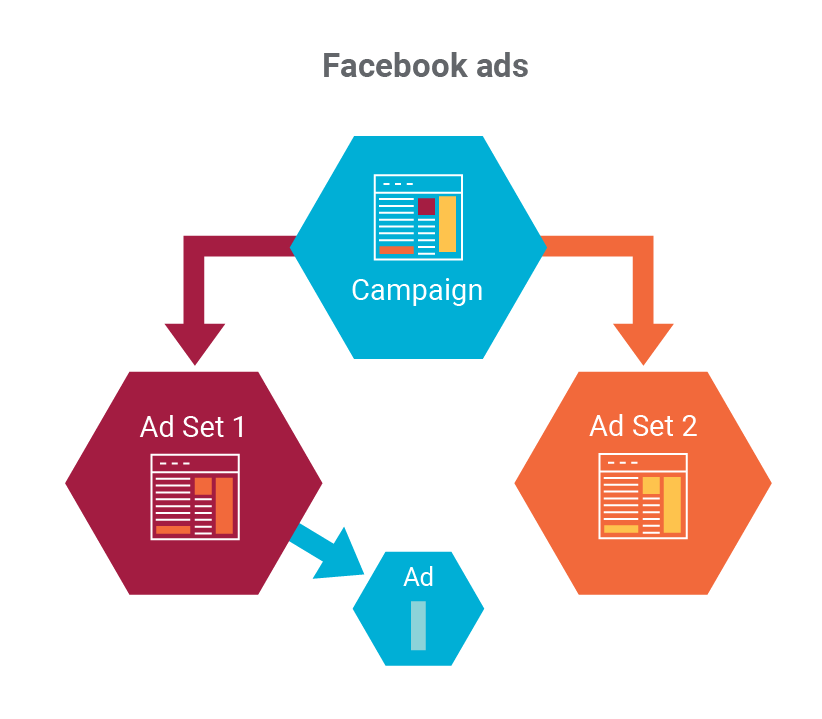
Facebook allows you to build custom audiences, defining by demographic, location and interests. You can also import your CRM data to target customers, use Facebook pixels to target users who have been on your website, and build Lookalike audiences to target users who are similar to your Facebook fans and/ or customers.
Amazon ads can be targeted towards keywords, categories, specific products (including competitors!), depending on the type of ad being run.
Amazon has three different types of ads: Sponsored Products, Sponsored Brands, and Product Display Adverts. The ad type is selected when setting up the campaign, alongside top-level budgets, end dates, and so on.
The main difference between the three ad types is the real estate which the advert occupies:
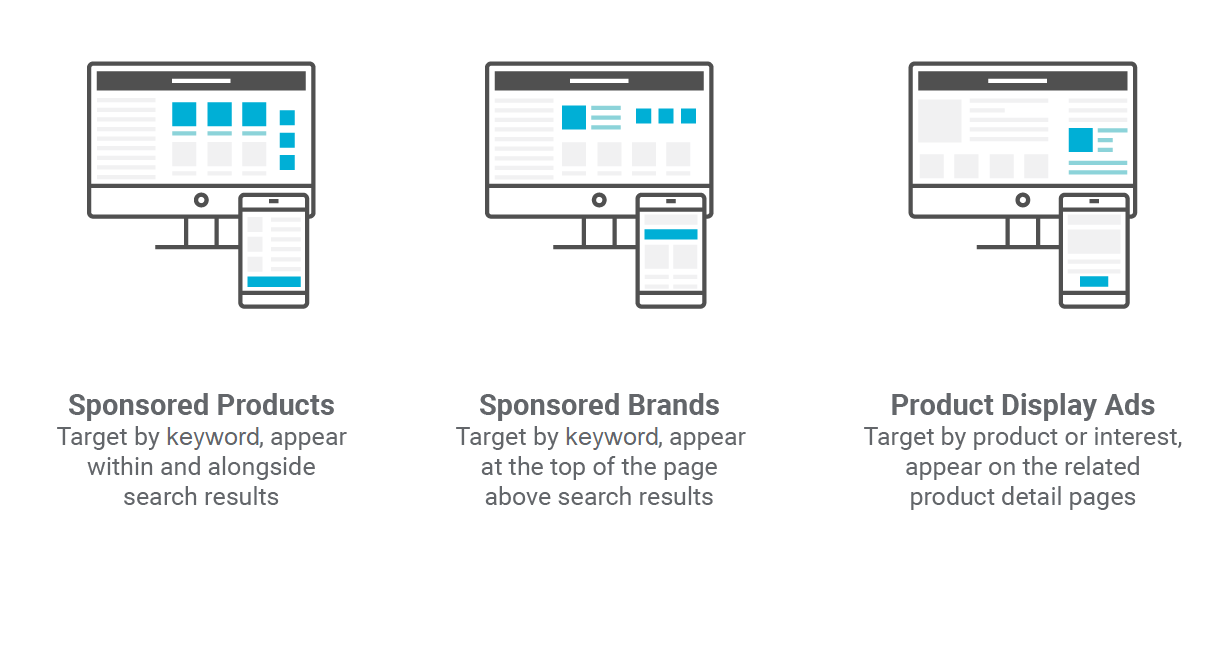
Facebook ads have various formats to choose from, allowing for much greater creativity with brands able to create engaging, on-brand adverts. Once you have created the ad, you can choose which real-estate it should occupy. Choices include advertising in the newsfeed, on Instagram, on Instagram stories and in Facebook Messenger.
Amazon and Facebook are used in very different ways, and as such the user behaviour and user intent differs between the two platforms.
As a social media platform, Facebook is predominantly used to connect with friends and family, interact with brands and consume news and content. It’s unlikely that users on Facebook are proactively in the market to buy.
Amazon, on the other hand, is a platform used to purchase goods: if someone is on Amazon, it’s likely they have very high purchase intent. Promoting products here is more likely to result in a sale than if the same product were to be purchased on Facebook as a result.
However, this doesn’t mean you shouldn’t be pushing sponsored products on the social channel. Facebook users share everything from their age, to their relationship status, to where they work and even what cuisines they like through their profile, as well as pages and posts they’ve interacted with. This makes it a great place to find prospects and target new customers, as you can advertise to people who are likely to be interested in your brand.
Despite having the same goals, Facebook and Amazon have very different advantages and disadvantages when used in your paid strategy.
Strengths |
Weaknesses |
|
|
|
|
|
|
|
Strengths |
Weaknesses |
|
|
|
|
|
|
|
|
|
|
|
Both Amazon and Facebook ads can be used to grow your business online, and each have unique values that compliment different objectives. Facebook benefits from being able to find and target ads towards a huge number of relevant people, driving brand awareness and creating potential future customers, whereas Amazon has the advantage of being able to target those who are intending on making a purchase and ensuring it is your product that they buy.
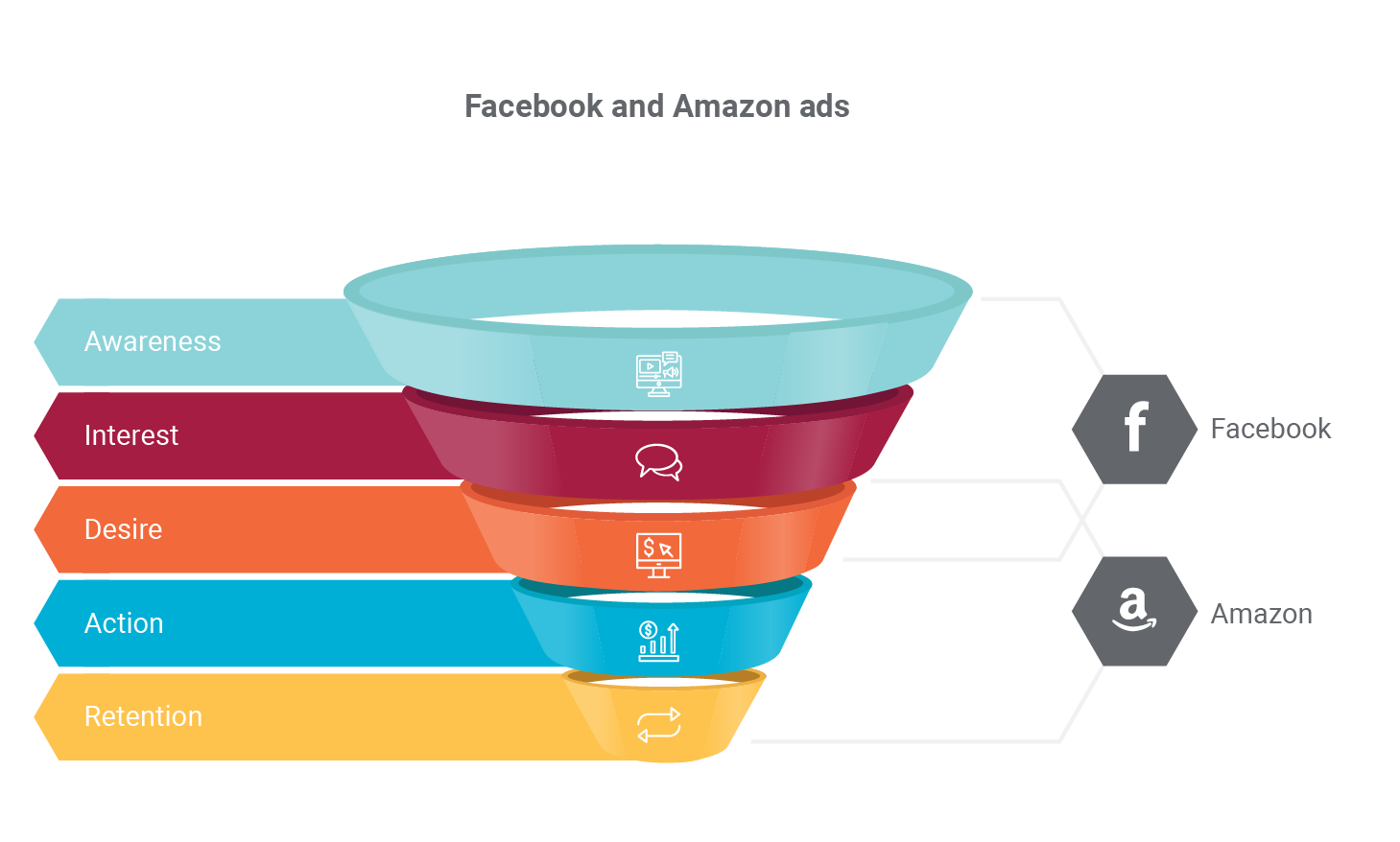
If your main objective is growing your brand, Facebook is an ideal platform to start out on. It can easily identify prospects who are likely to be interested in your brand, and drive awareness of both your brand, your products and services.
Facebook is also better if you are looking to promote non-products, like an event, business or your Facebook page.
That’s not to say you won’t get sales through Facebook advertising: you can still drive a healthy ROI using this platform with a smart strategy in place.
Amazon is an ideal platform if you have a strong product, a limited amount of budget and a strong strategy. You can drive a high ROI when using Amazon Advertising efficiently; it’s entirely possible for small brands to use Amazon ads to compete with bigger, well-known brands and take some of the market share. Amazon is two-pronged, so the more sales you make (and the more positive reviews you get), the higher your product listing ranks organically, so Amazon ads can be used to boost organic sales in the long run.
If you’re unsure where or how to start your advertising strategy, get in touch with our paid media team.
Keep up to date with insights from our programmatic teamSubscribe to our newsletter

![]() Insights
Insights
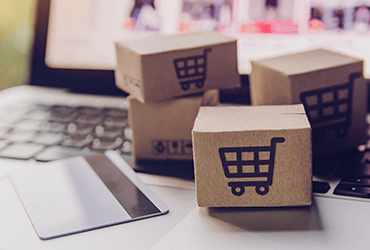
![]() Insights
Insights
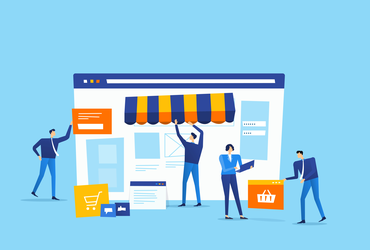
![]() Insights
Insights